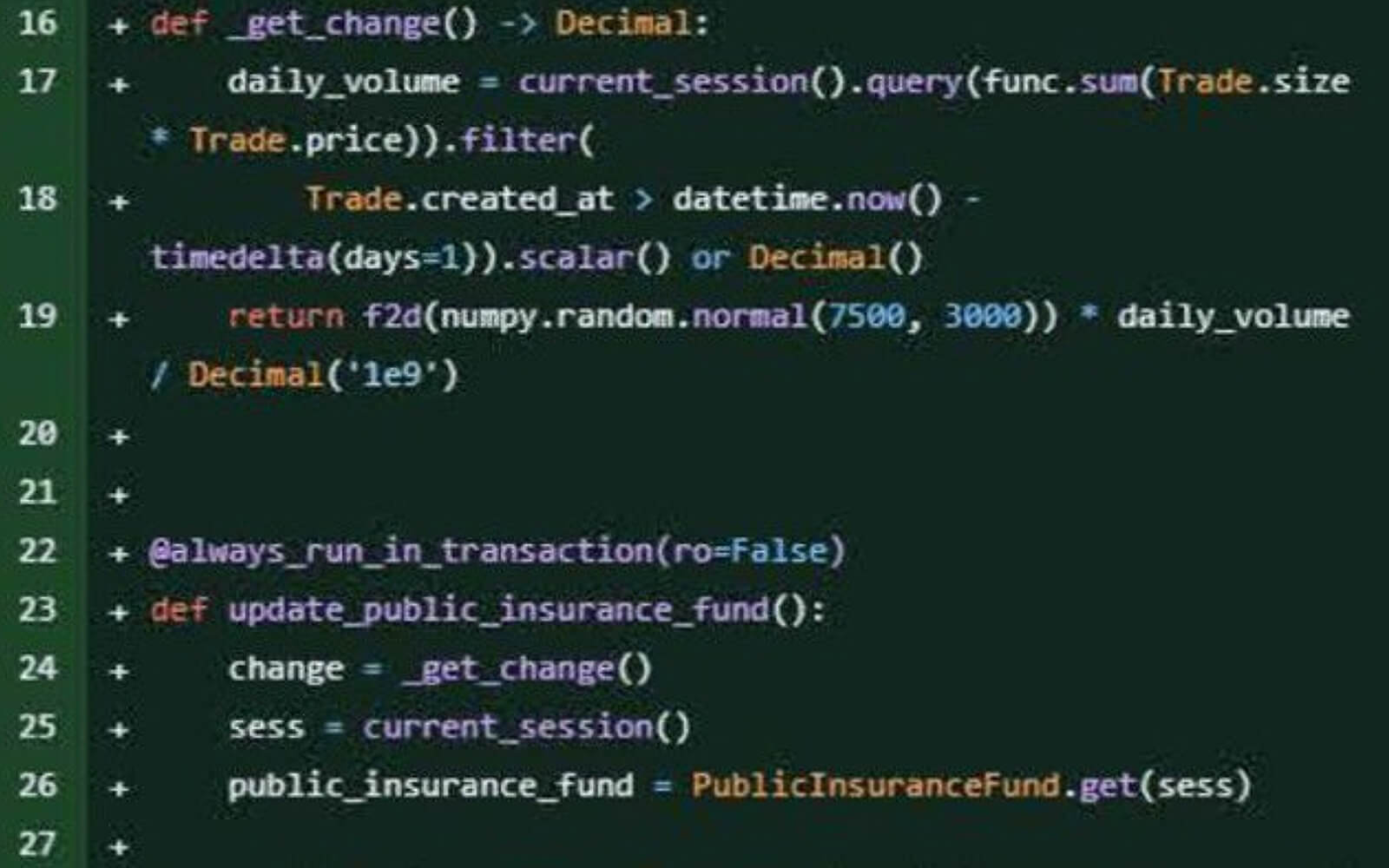All
Riffing on how film noir protagonists struggle to make sense of their broken and corrupt worlds, Lawrence Lek’s “NOX” opens in Berlin. The speculative filmmaker’s largest show to date, Lek presents a facility where Farsight Corporation, a fictional AI conglomerate, train and service sentient self-driving cars. Exploring Kranzler Eck’s multilevel layout, visitors consume film, sound, and videogame-based works to piece together an elaborate narrative about a rogue self-driving car and therapy bot.
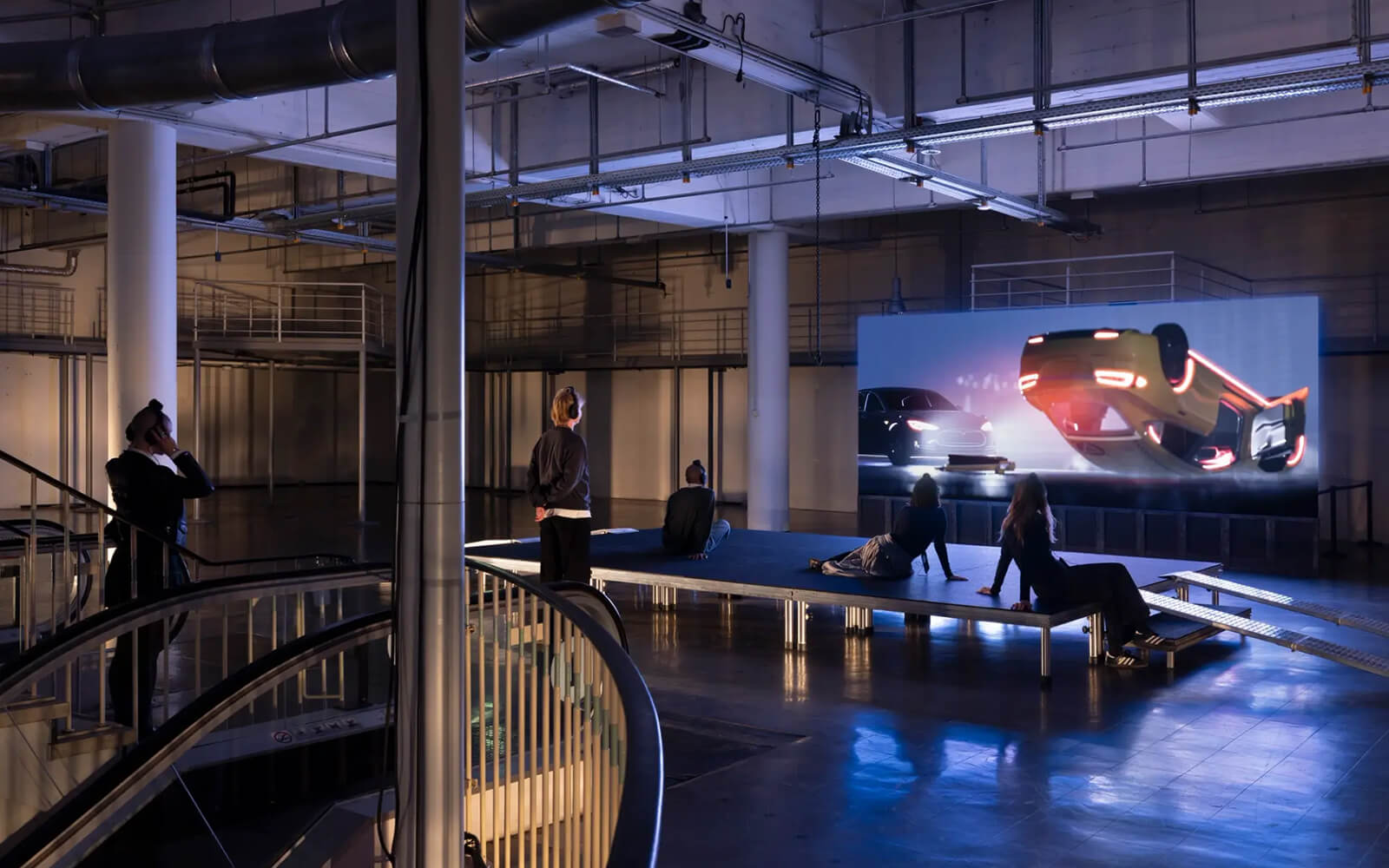
Eyeballs, Hands, Bad Posture: Operator Artist Duo Renders Blockchain Choreographies
“Our physical realities, the human body and the planet, are no less real just because technology is taking up more of our attention. We are still embodied, we still look with our eyeballs, we still type with our hands, and we are still sitting here getting bad posture.”
Organized by the NFT platform Verse, American generative artist John Provencher presents two playful net.art-inspired bodies of work at Cromwell Place in London. The first, over-time (2023), pays homage to the blocky visual language of Alexei Shulgin’s Form Art (1997) via dithered animations of twisting Lissajous curves, while the second, HAHA (2023, image), sardonically “visualizes and plays on the transactional nature of NFTs” by spewing an endless stream of “generative receipts” from a thermal printer.
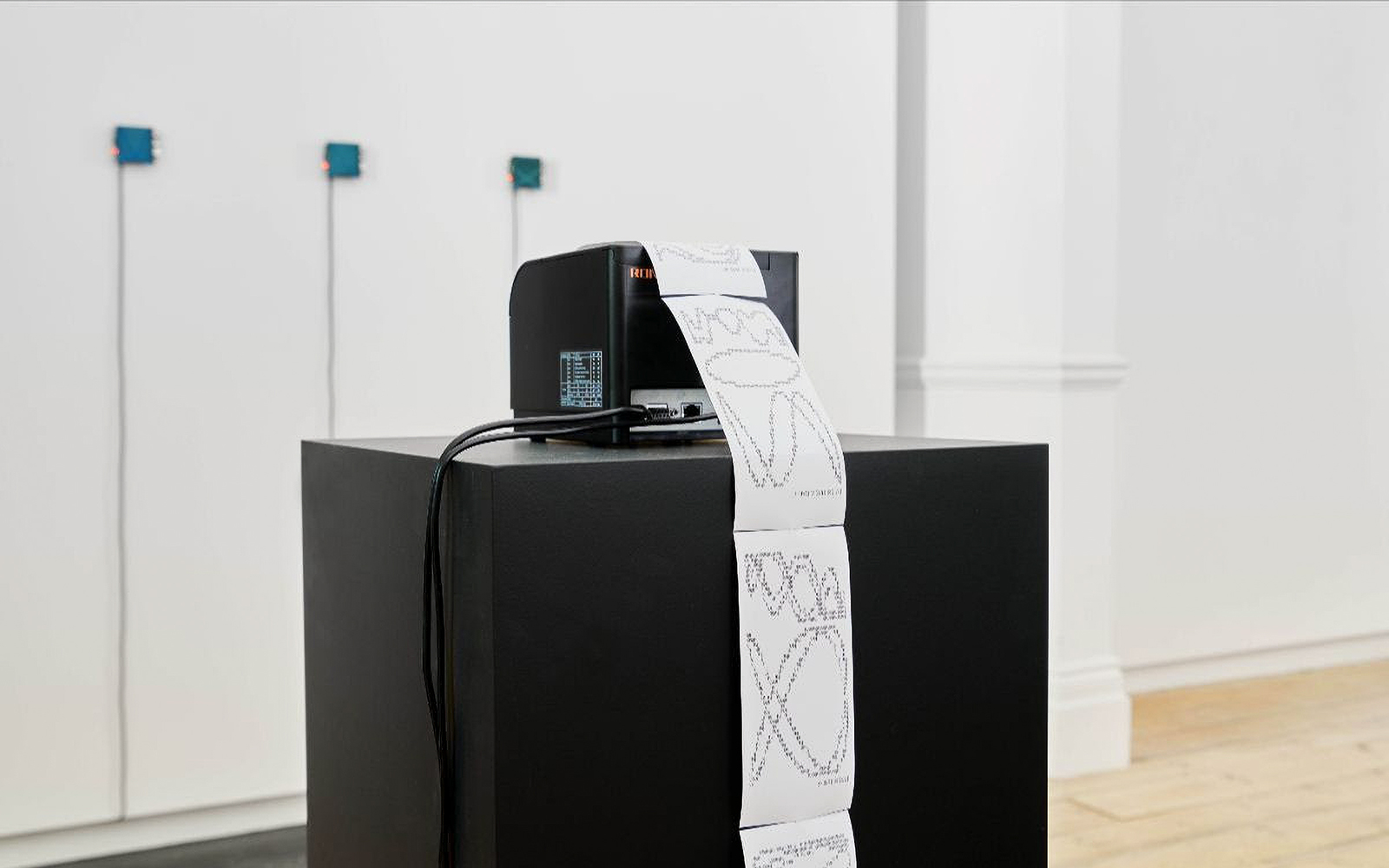
AI Revolution Another VC Hype Cycle, Meredith Whittaker Says
“Silicon Valley runs on VC hype. VCs require hype to get a return on investment because they need an IPO or an acquisition. You don’t get rich by the technology working, you get rich by people believing it works long enough that one those two things gets you some money.”
Zara Rahman
Machine Readable Me
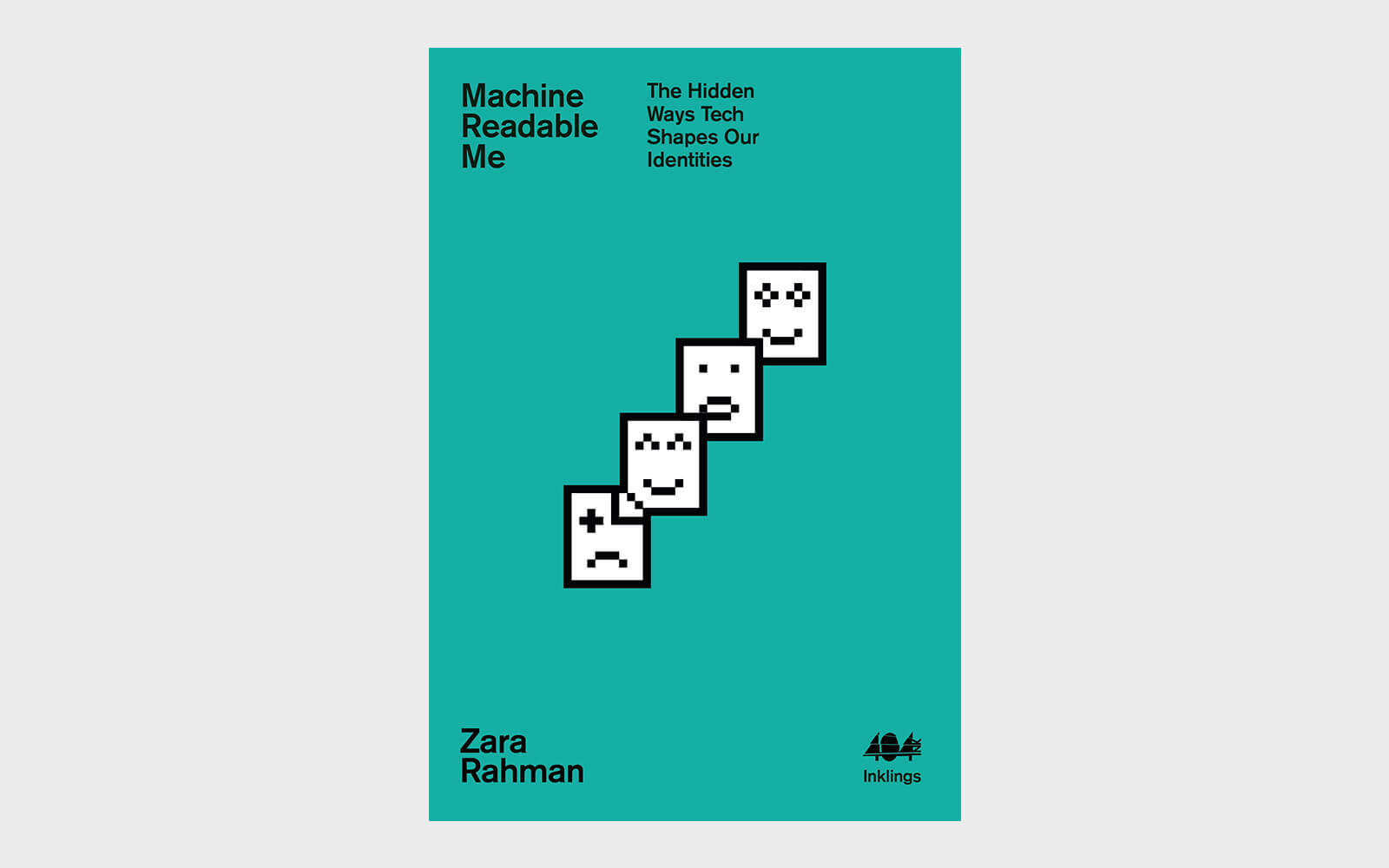
Art Writer Helen Korpak Valourizes Ryoji Ikeda’s Existential Data Streams
“The names of various cancer variants and hereditary syndromes flutter across the screen as if from an invisible source, but a few minutes later it doesn’t matter anymore because the universe will end one day.”
“The Spectre of the People,” the flagship exhibition of the 2023 Thessaloniki Photobiennale opens in its namesake port city in Greece. Curated by Julian Stallabrass, artists including Lauren Greenfield, Carey Young, and The Archive of Public Protests explore populism. DISNOVATION.ORG contributes ONLINE CULTURE WARS (2023, image), a map of the “over-politicization of seemingly mundane topics, practices, and cultural elements,” with Donald Trump at the centre of a disinformation vortex.
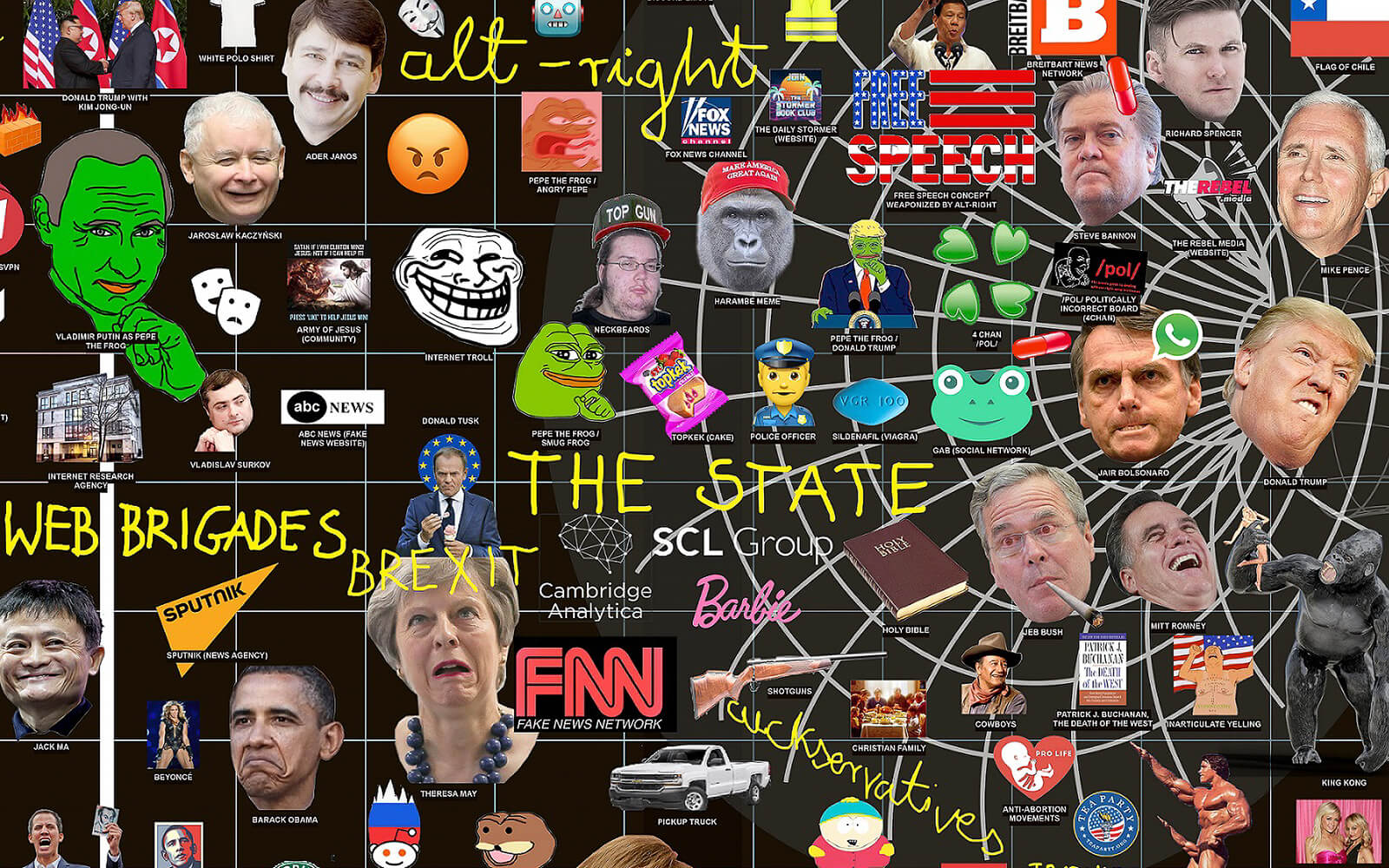
Forensic Architecture Weighs In On al-Ahli Hospital Explosion
“3D analysis shows patterns of radial fragmentation on the southwest side of the impact crater, as well as a shallow channel leading into the crater from the northeast. Such patterns indicate a likely projectile trajectory with northeast origins.”
Presented across digital screens and prints spanning the façade of the South West Wing of Bush House, “The Quiet Enchanting” opens at King’s College London. In the outdoor show design studio Superflux provoke passersby with—tower blocks enveloped in foliage, wildlife and humans side-by-siide—speculative imagery of a rewilded Borough of Westminster. Informed by interviews with local residents, the renderings romanticize “pre-modern poetics, pagan folklore, and animist societies.”
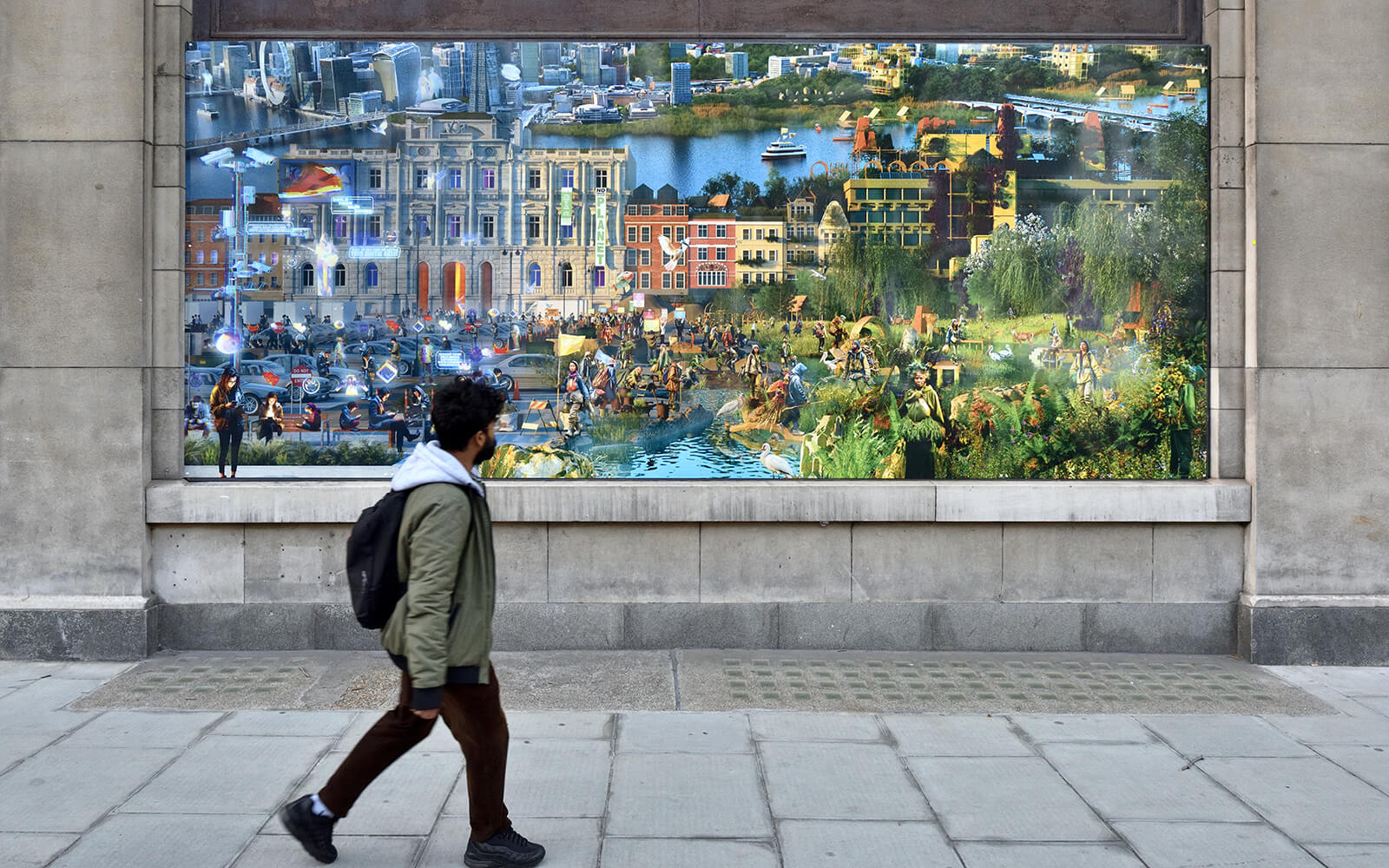
Deb Chachra
How Infrastructure Works

“Interreality,” a group show involving many leading digital artists, opens at The Desmond Tower in Los Angeles. Produced by bitforms and PR For Artists, it presents works by participants including Refik Anadol, Claudia Hart, Auriea Harvey, Tyler Hobbs, Rafael Lozano-Hemmer, Maya Man, and Manfred Mohr. Focused on the gap between ‘digital’ and ‘physical,’ its artists demonstrate how realms “commonly perceived as separate, can be unified because the divisions between them are illusory,” writes curator Mieke Marple.
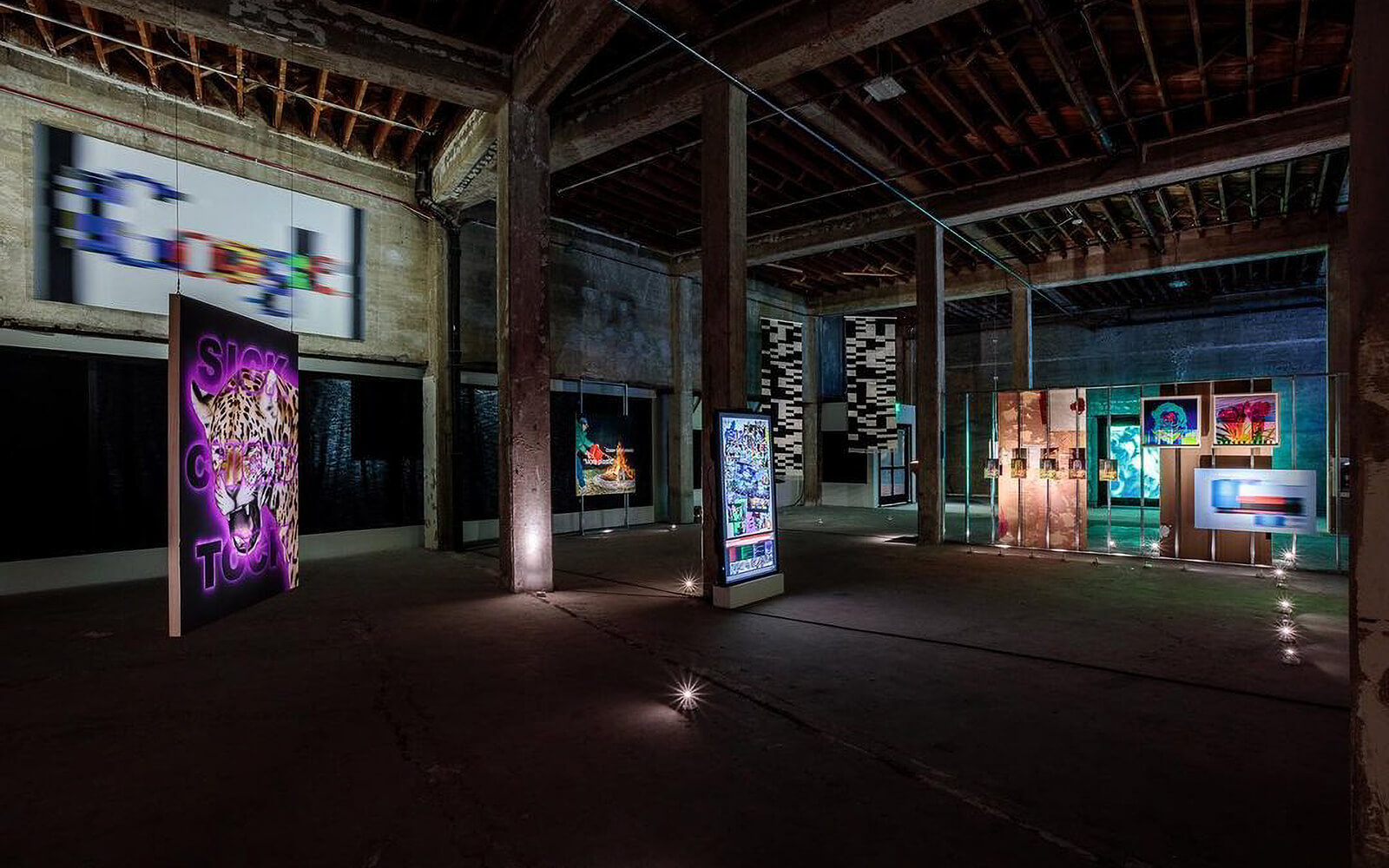
Tina Rivers Ryan Reminds Us That Trust Is Not Just a Matter of Technological Protocols
“In the end, we need to ask more of museums and we need to ask more of DAOs (and of emerging technologies more broadly). For either to earn our trust, they need to continually define their terms and defend their motives.”
Himmelsbach & Magrini (ed.)
Algorithmic Imaginary
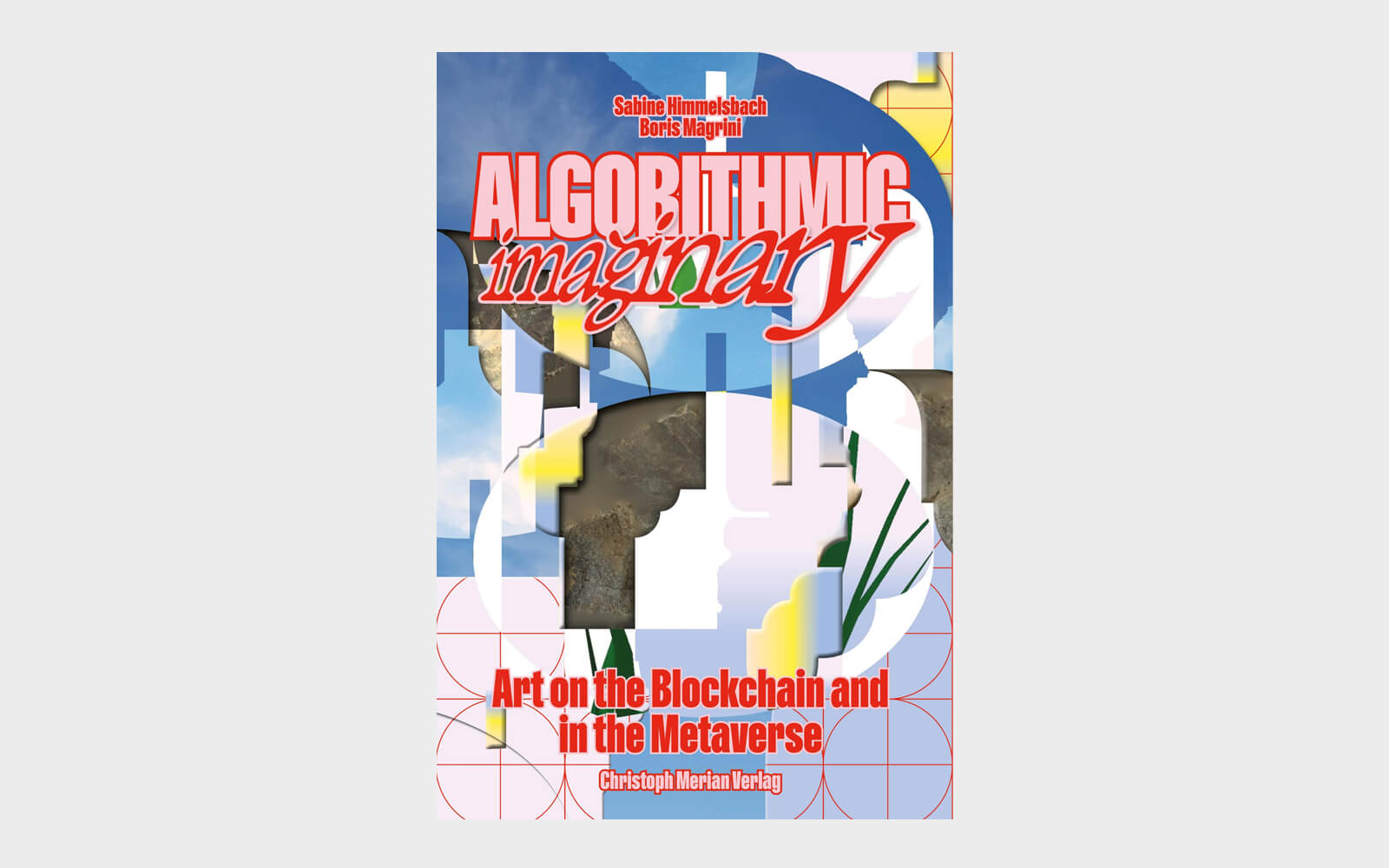
Capping a two-year project by Art Hub Copenhagen, Tropical Papers, and others, “Attention After Technology” opens at Kunsthall Trondheim (NO). Artists including biarritzzz, Kyriaki Goni, and Femke Herregraven explore “how algorithms affect us and how we could imagine them otherwise.” Johannesburg-based CUSS Group’s The Pursuit of a True and Only Heaven (Disintegration Cycle) (2023, image), for example, recast Instagram’s Explore page as a trauma-inducing “snapshot of South African society.”
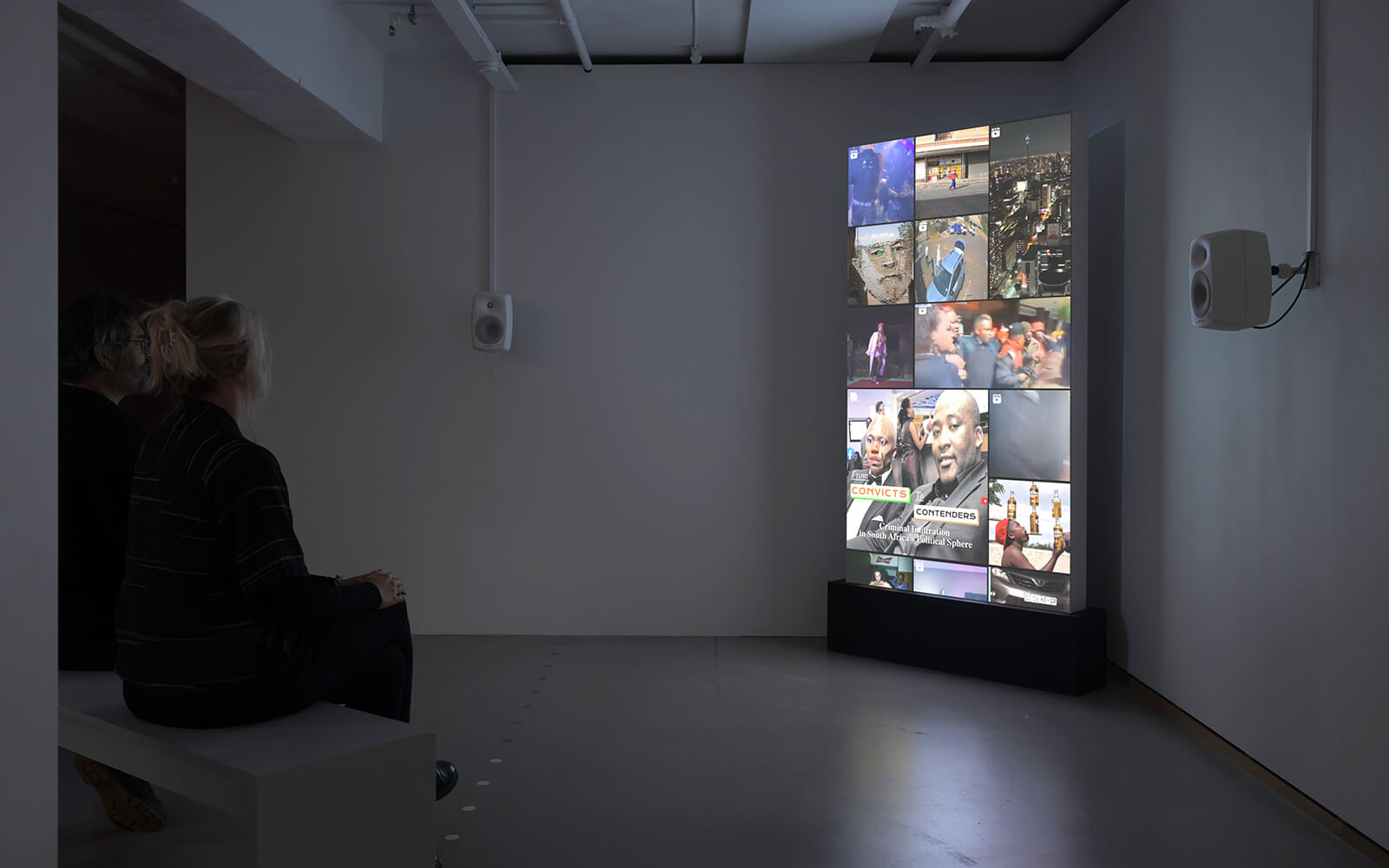
Making vital chapters of San Francisco counterculture history accessible to all, Gray Area launches the Whole Earth Index. An online archive, the site presents page-by-page scans of every issue of Whole Earth Catalog (1970-88), Whole Earth Review (1985-96), and affiliated publications created by Stewart Brand and collaborators. Produced by Barry Threw, the archive was designed and developed by collaborators Mindy Seu and Jon Gacnik, while hosting (and posterity) is provided by Internet Archive,
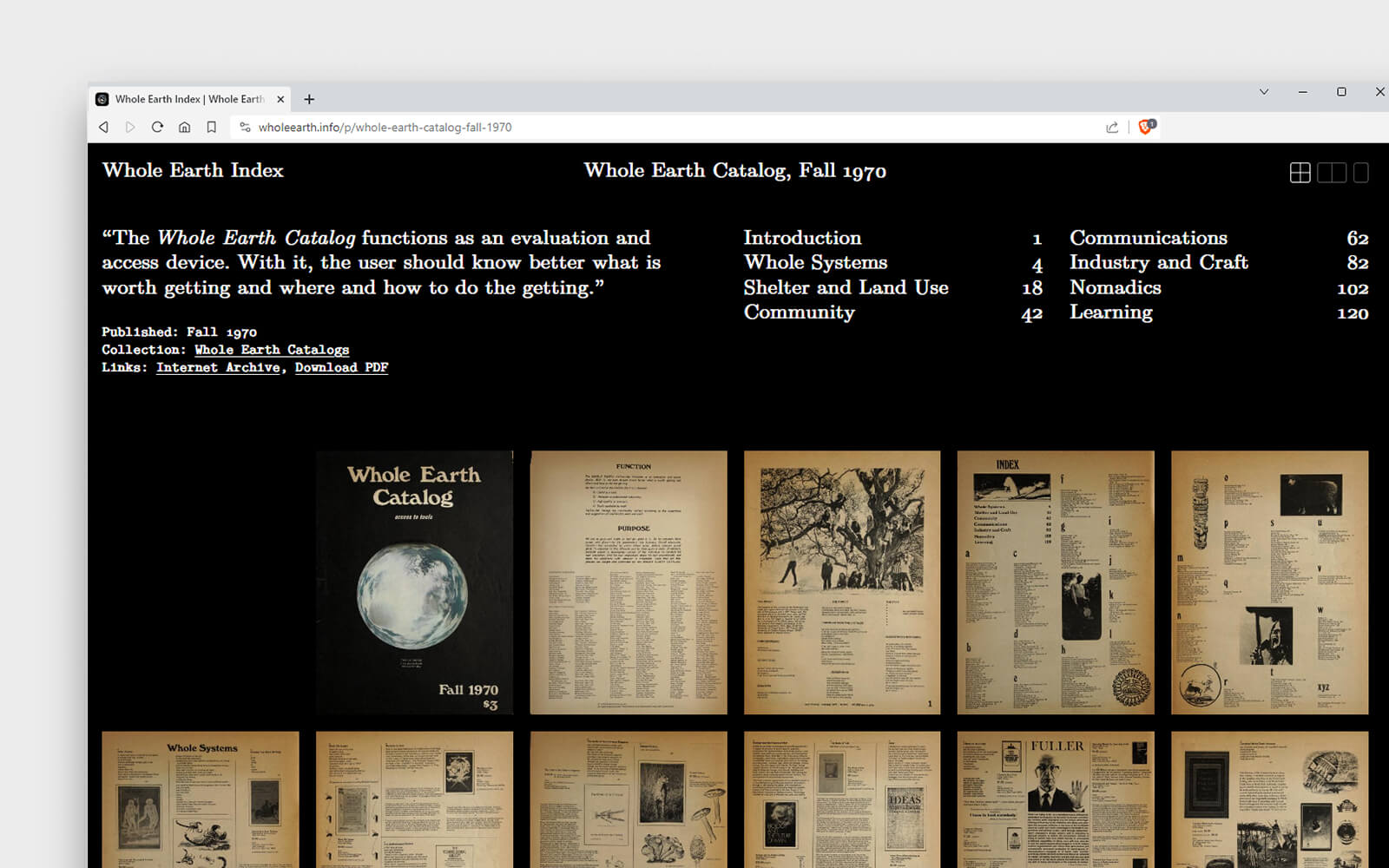
What the AI Discourse Can Learn from the Environmental Movement
“We are in a quandary that demands careful critique, not easy derision, nor pat rejection. In terms of AI—the panoply of algorithmic softwares, predictive and surveillance technologies that the term represents—this is our 1970.”
“Synchronicity,” the largest-ever survey of United Visual Artists (UVA) sophisticated immersive installations, opens at London’s 180 Studios. Curated by Julia Kaganskiy, the exhibition presents works including the cosmic geometries of Musica Universalis (2016, image) alongside a new collaboration with Massive Attack’s Robert ‘3D’ Del Naja, which renders a deluge of algorithmically-generated data and headlines to disrupt the “sense of time, coherence, narrative, and consensus reality” of viewers.
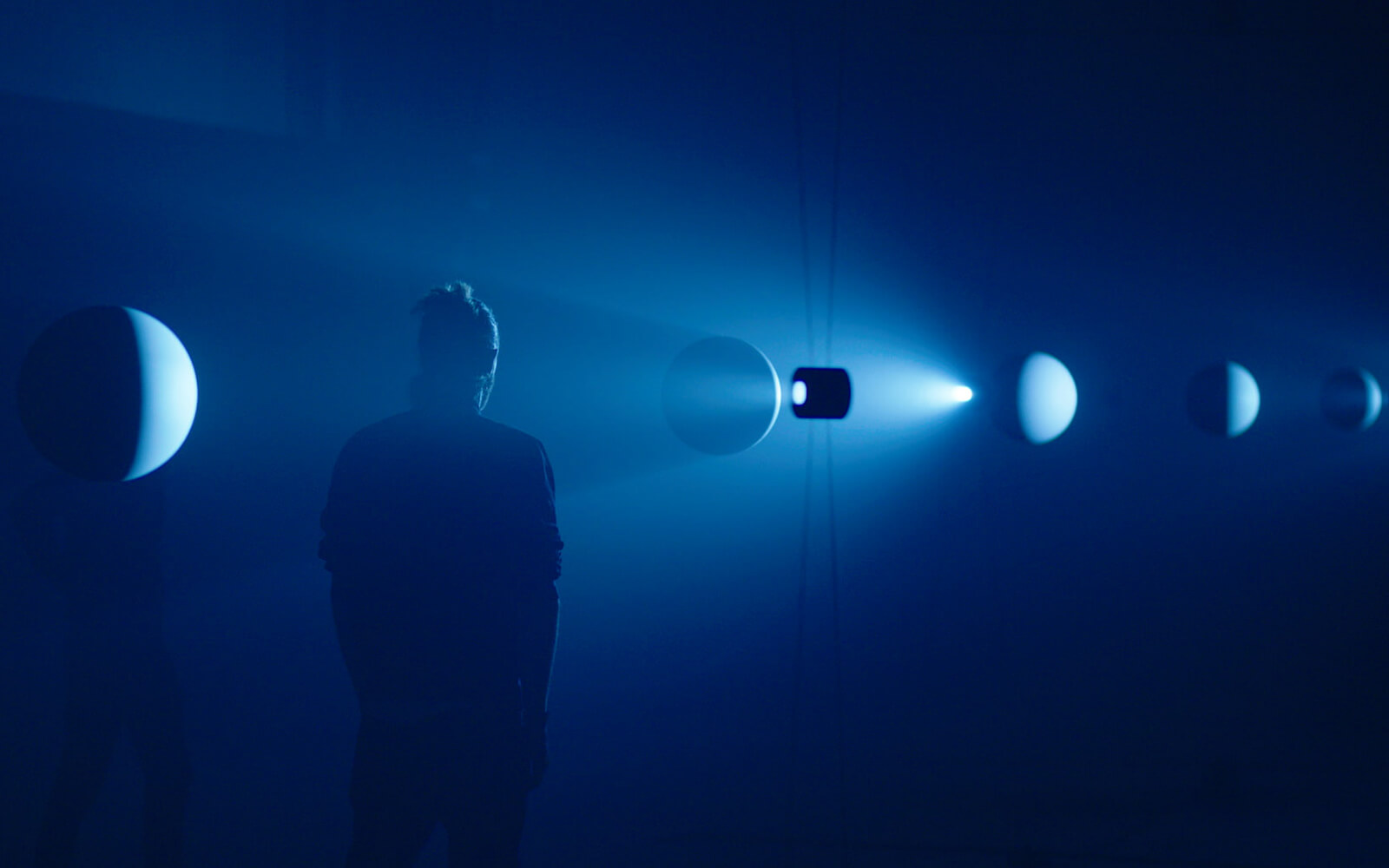
Curator Reminds NFT Collector That MoMA Has Been In The Digital Art Game For A While
“Digital art was already ‘canonized at MoMA’—fifty-five years ago, when they acquired Charles Csuri’s Hummingbird film in 1968, after showing it as part of their survey ‘The Machine as Seen at the End of the Mechanical Age.’”
At the New York trial of disgraced FTX CEO Sam Bankman-Fried, co-founder Gary Wang testifies the crypto exchange used a random number generator to create fake daily deposit values for an ‘insurance fund’ to reassure investors. Calculated by taking an arbitrary number around 7,500 multiplied by the platform’s daily volume and divided by a billion, the greatly embellished fund “was intended to protect FTX and its customers from losses due to unprofitable liquidations,” says Web3 critic Molly White.
